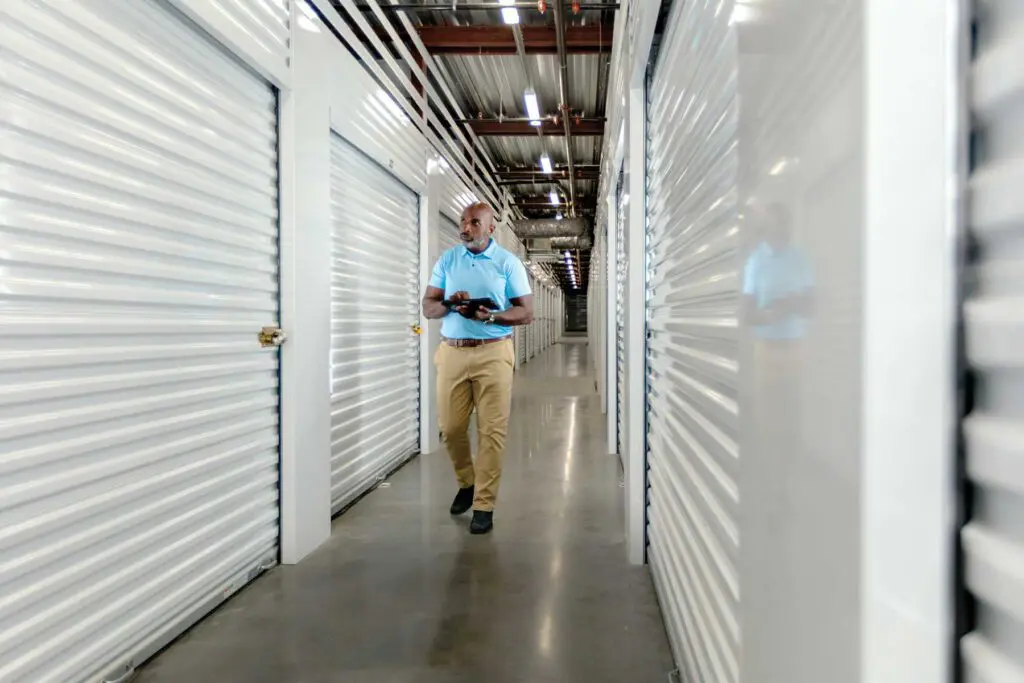
Americans own nearly 12 million registered recreational boats, and they’ve got to put those boats somewhere when they aren’t in the water. Options include a marina, a home driveway and, of course, a boat storage facility.
Given the popularity of boating in the U.S., it’s no wonder that investors are intrigued by the idea of building a boat storage facility. But just how do you build one of these facilities, which differ greatly from standard storage facilities? Here are four tips to keep in mind when you’re looking at how to build a boat storage facility.
1. Figure out the market
While you might find a piece of land that seems ideal for building a boat storage facility, it may not be the wisest choice. Before you do anything else, you must determine whether demand exists for boat storage in an area that you’re considering. You don’t want to put a facility in a spot where few people nearby own boats or launch boats.
You also need to explore how many other boat storage facilities are in the vicinity of an area you’re targeting. If the area is saturated with boat storage facilities, the demand for storage almost certainly is overshadowed by the supply of space. Unlike the trade area for a traditional self-storage facility — roughly one to five miles — the trade area for a boat storage facility might be around 15 miles.
Trachte Building Systems, which supplies products for the storage industry, suggests seeking land for a boat storage facility that’s located between population centers and recreational lakes, rivers and other bodies of water.
All of the market data you collect should be included in a thorough feasibility study for a proposed boat storage facility.
A blog post published by the Self Storage Association emphasizes that a feasibility study for a boat storage facility should take into account more than the permanent population around a proposed facility. You also should examine the yearly influx of snowbirds or sunbirds who plan to store their boats during the off-season.
By the way, don’t overlook the possibility of adding boat storage to an existing self-storage facility. Just make sure that the property in question contains ample space for boats and that local officials will allow such an expansion. If you’re developing outdoor or covered vehicle storage spaces on your property, keep in mind that you can accommodate recreational vehicles like campers and motorhomes as well. Many businesses offering vehicle storage function as boat & RV storage facilities.
2. Pinpoint the configuration
Give a lot of thought to your boat storage lot layout will be laid out so you can accommodate a variety of boat sizes and customers.
Boats can start at 6 feet in length, but most will be 14 feet to 28 feet long, plus the trailer tongue, according to RSP Structural Systems, whose specialties include boat storage. A unit width of 12 feet and depth of 35 feet with a door opening of 10 feet wide by 10 feet tall should be the minimum for boats on trailers, RSP says.
In addition, you should weigh which type of storage that potential customers will be searching for: fully enclosed, three-sided canopy, standard canopy or outdoor stall.
Mako Steel, a supplier of products for storage facilities, explains that a fully enclosed boat storage structure is essentially a big garage whose access is limited to the renter. This type of unit is typically 15 feet wide by 45 to 50 feet deep, each with a 12×14 door. This type of boat building costs a lot to build because of the structural support required for the large door. Since this sort of unit appeals to high-end tenants, you might want to include amenities like wash bays and in-unit power outlets.
A three-sided boat storage facility with a canopy is exposed on one side but enclosed on the remaining three sides. Units are attached to one another and provide a fair amount of environmental protection.
A standard boat storage facility comes with a roof but no walls, so it’s relatively inexpensive to build. A standard unit will offer protection from the sun but might not shield a boat from rain, snow or wind.
The cheapest option for boat storage is an outdoor stall. As its name suggests, an outdoor stall is a space that enables an owner to park their boat but exposes the boat to the elements.
As you’re contemplating the configuration of a new boat storage facility, keep in mind that you’ll normally need more land (about 7 to 10 acres) for this type of building than you would for a traditional self-storage facility (roughly 3 to 5 acres).
https://www.storable.com/resources/learn/7-ways-to-boost-the-value-of-your-rv-and-boat-storage-facility/
3. Focus on security
Another expense that must be weighed when planning construction is storage facility security. Tenants want to make sure their prized possessions are safe, particularly given that some boats can cost hundreds of thousands or even millions of dollars.
At the very least, a boat storage facility should provide perimeter fencing, according to The Parham Group, which specializes in storage construction, consulting and management. In addition, you’ll likely want to install 24-hour security access, security cameras, key-coded entry gates and adequate outdoor lighting.
4. Decide on financing
If you’ve got enough cash stashed away to fully finance construction of boat storage facility, you’re a step ahead of most investors. Typically, a developer of a storage facility must nail down financing to cover construction costs.
The Fundera lending platform says a construction loan typically requires a down payment of as much as 25% of the project’s cost. Depending on the financial price tag, this could require you to come up with hundreds of thousands of dollars upfront.
Once you’ve secured construction financing, you must consider how to pay for ongoing operations for your boat storage business. You might be able, for instance, to obtain a working capital loan, line of credit or another form of financing to support the business.
Anchors aweigh!
Whether you are sailing ahead on adding boat storage buildings to an existing self-storage facility, or building a new boat & RV facility from the ground up, Storable can support your operations with top of the line software and other powerful tools. Chart a course to our products page to learn more.






